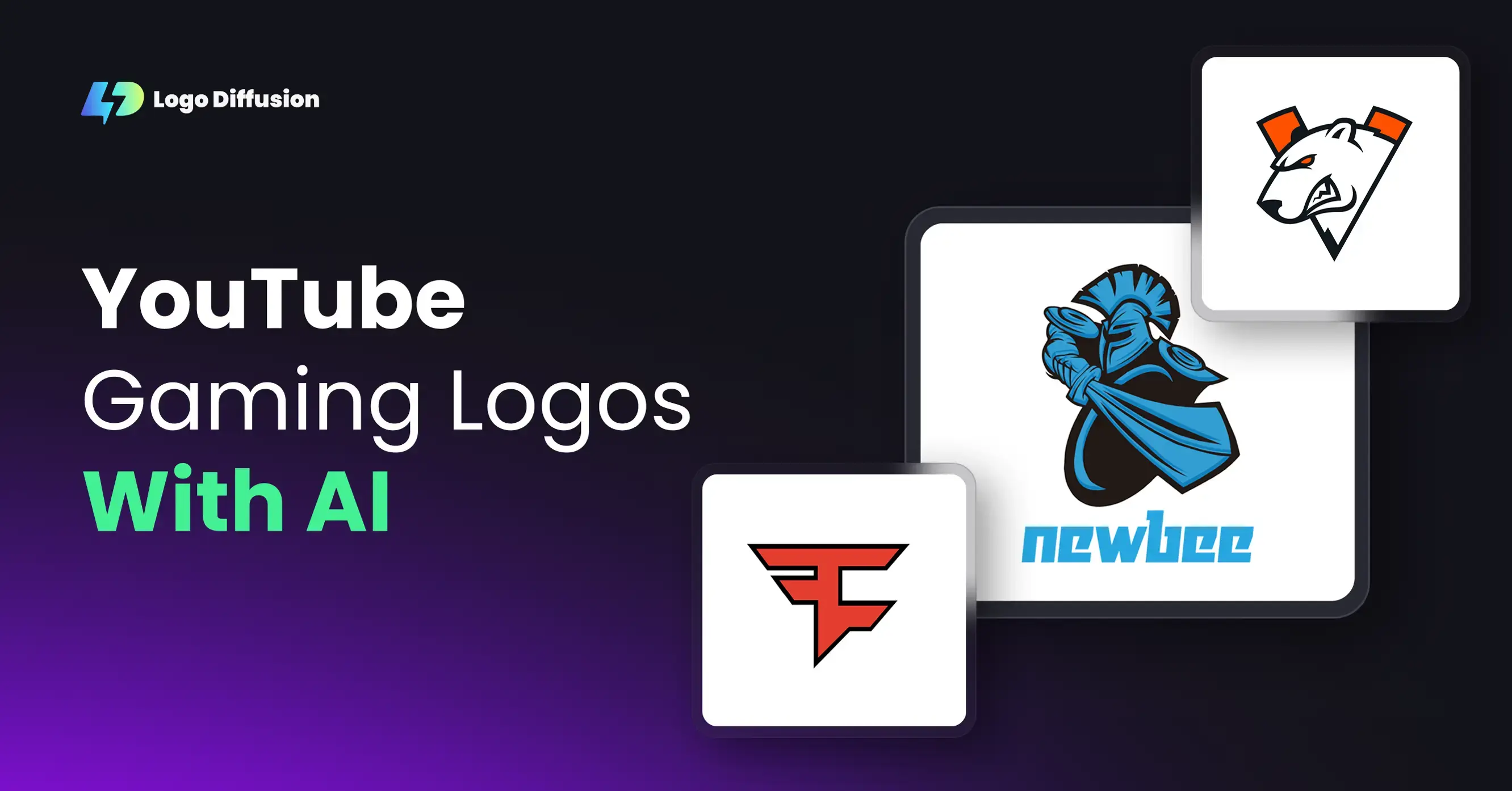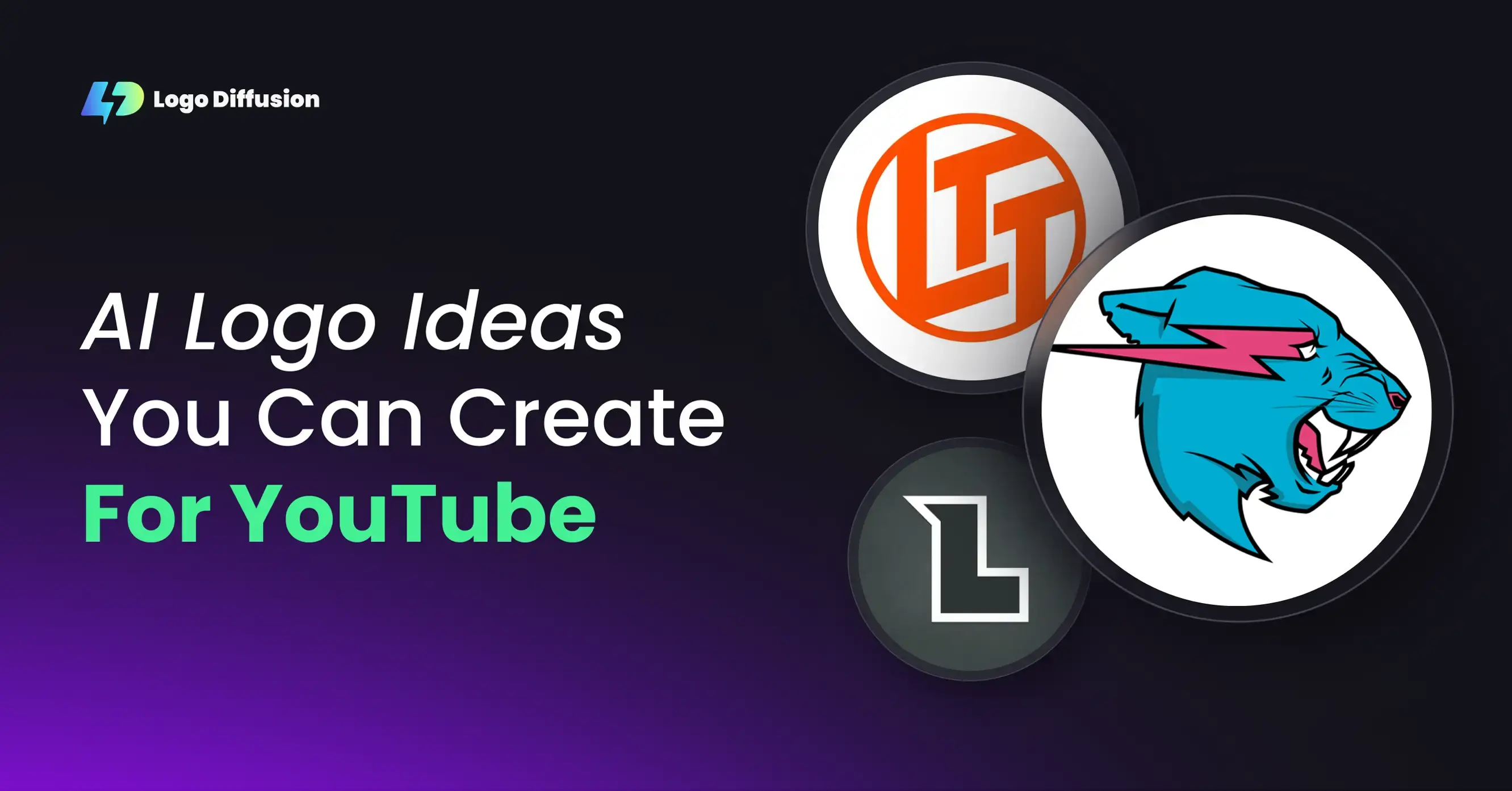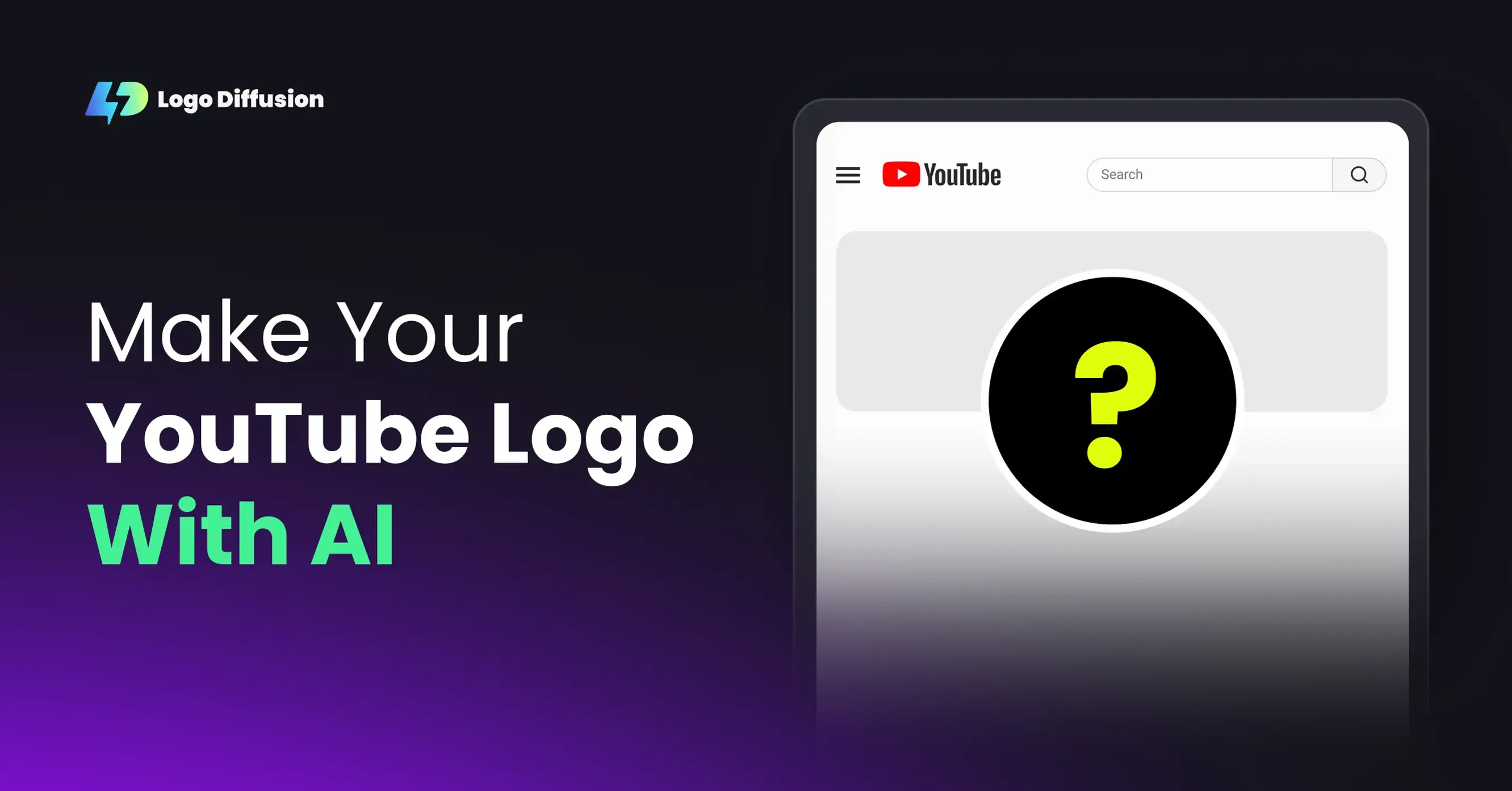

Choosing between 2D and 3D logos can shape how people see your brand. Here’s a quick comparison:
Key Takeaway: Use 2D logos for versatility and simplicity. Opt for 3D logos to make a bold digital impression.
Visual Elements
2D Logo Features
2D logos rely on a flat, straightforward design that uses basic shapes and minimal details for easy recognition. Their main features include:
3D Logo Features
3D logos add depth and dimension through shading and shadow effects, creating a more dynamic and engaging look. Key features include:
These design techniques play a big role in shaping how people interpret a brand's message.
Brand Message Impact
The choice between 2D and 3D logos can significantly influence how a brand is perceived. While 2D logos are simple and easily recognizable across various platforms, 3D logos offer a more engaging and modern look, especially in digital spaces. Tools like Logo Diffusion make it easy for designers to transform 2D logos into 3D versions, allowing brands to adapt their visuals for different uses without losing their identity.
Usage and Applications
Where to Use 2D Logos? 2D logos work best in situations where simplicity and quick recognition matter most:
Where to Use 3D Logos? 3D logos shine in digital and visually dynamic settings:
Platform Compatibility
Matching logos to platform requirements helps maintain their effectiveness.
These platform-specific insights highlight how 2D and 3D logos serve different purposes, ensuring they perform well in their respective environments.
To ensure consistency, tools like Logo Diffusion can convert logos between 2D and 3D formats while retaining sharpness and clarity.
When deciding between 2D and 3D logos, think about factors like loading speed, scalability, platform constraints, and how users interact with different devices and screen sizes.
Design Requirements
When creating logos, the tools you choose can make all the difference in achieving the desired results.
2D Logo Creation Tools
Creating 2D logos calls for vector-editing tools with specific features, such as:
Logo Diffusion combines sketching, vector export, and background removal capabilities, delivering professional-quality results to businesses of all sizes.
3D Logo Creation Tools
Designing 3D logos is a more complex process, requiring specialized software and technical skills. These designs rely on advanced 3D modeling tools, high-performance hardware, and a steeper learning curve. Unlike 2D logos that use standard vector formats, 3D logos often require file types like OBJ, FBX, or GLTF, or rendered images. Logo Diffusion simplifies this process with its 2D-to-3D conversion feature, making it easier to transition between formats.
Cost and Time Factors
The cost and time involved in logo creation vary significantly between 2D and 3D designs.
Logo Diffusion offers plans ranging from free to premium, providing options for both 2D and 3D logo creation while streamlining the process.
Choosing between 2D and 3D design depends on your brand's needs, budget, and available resources. The right tools should align with your specific goals to ensure a successful outcome.
Current and Future Trends
Popular Design Styles
Logo design continues to evolve, with 2D and 3D styles playing distinct roles. Modern 2D logos focus on simplicity, using clean lines and straightforward designs that work well in print and other traditional media. In contrast, 3D logos are becoming more prominent in digital spaces, offering dynamic visuals that grab attention on platforms like social media and digital ads.
New Design Tools
Advances in AI are transforming how logos are created. Tools like Logo Diffusion now offer features such as text-to-logo, sketch-to-logo, and 2D-to-3D conversion. With access to over 45 curated styles, designers can produce high-quality logos with ease. Additional features like vector exports and background removal simplify the process, making 3D logo creation more accessible than ever.
Future Design Direction
As VR and AR technologies grow, logos need to transition smoothly between flat and dimensional formats. This shift pushes for designs that maintain their identity while adapting to various platforms. AI advancements will continue to refine the process, offering faster conversions, better customization options, and improved digital performance. These changes empower designers to create cohesive brand identities that work across all media.
Conclusion
Main Points Review
Choosing between 2D and 3D logos plays a major role in shaping brand identity and visual communication. 2D logos are known for their simplicity and flexibility, making them a great fit for traditional media. Their clean design ensures they remain recognizable at any size.
On the other hand, 3D logos bring depth and visual appeal, which works especially well in digital spaces. They stand out in modern marketing, particularly in areas like virtual and augmented reality.
Key factors to consider include:
These aspects are addressed effectively by advanced design tools.
Logo Diffusion Features

Integrated platforms now blend the benefits of both 2D and 3D logos, making the design process easier. AI-driven tools have changed the game, and Logo Diffusion is a prime example. It offers features like text-to-logo and sketch-to-logo tools for quick concept creation. Plus, its 2D-to-3D conversion tool allows for smooth transitions between formats.
The platform ensures quality with vector export options, keeping logos sharp across various applications. With over 45 curated design styles and advanced customization options, businesses can maintain consistent branding across all platforms. The creative upscaling feature further enhances logo usability, whether for small items like business cards or large-scale materials like billboards. Logo Diffusion simplifies managing both 2D and 3D logos while ensuring your branding stays cohesive.
Elevate Your Brand with the Ultimate AI Logo Maker




































.png)




